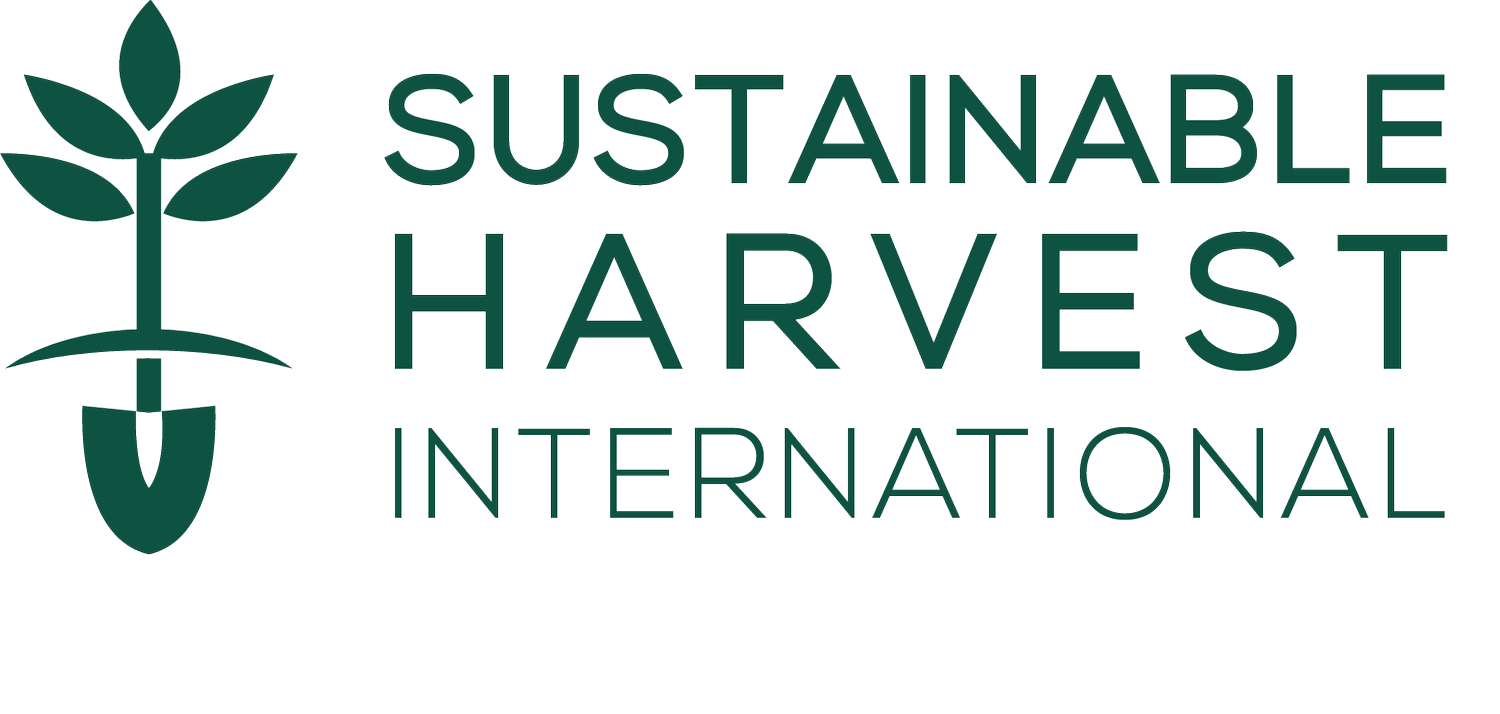A PLACE IN THE WORLD
The first time he ever used Google Earth, SHI’s Program Impact Officer Ricardo Romero looked up his house and his street. “In that instant I knew I had a place in the world. A graphical representation affords you that possibility,” says Ricardo.
Recently, our staff in Honduras created maps of nine new communities in the Siguatepeque region (El Caliche, Santa Cruz del Dulce, Laguna II, El Junco, El Pito, El Sauce, Monte de Dios, San Antonio de la Cuchilla, and El Socorro de la Peñita) just starting their journey with us. None of these communities had ever had a formal map of themselves before, let alone a map at which they were the center.
Like much of the world, here at Sustainable Harvest International, we rely heavily on maps. We use them to consider one part of the earth in relation to those around it, to think about how people or supplies might travel between points, and to help us better understand a place based on it position in the world.
On a practical level, the maps we use and create allow us to:
create technical assistance routes;
maintain databases for community analysis;
identify high deforestation zones, micro farms, and deforested river zones; and
provide a resource to other organizations with similar needs.
Mapping is especially integral to our success in new communities—we need to be able to conceive of each small farm in relation to deforestation areas and waterways. In order to set up strategic support from our staff, we need to visualize the communities in which we work. Creating maps like this requires knowing how many farms are in each community, as well as gathering a sense of their size and location in relation to other families and community landmarks.
GPS IN HAND
Heinert collecting data points - photo by Franklin Paz
For this particular project, EARTH University intern Heinert Portillo and Micro Credit Coordinator Franklin Paz were tasked with collecting coordinates for points of interest throughout each of the nine communities. Over a period of two months, they collected the points using handheld GPS units. Traveling many miles by motorcycle, car, and on foot, they visited the homes of each of the families who recently signed up to partner with us and mapped the precise coordinates.
At the beginning of the data collection process, Heinert and Franklin were met with some hesitation. The communities where we work are often visited by companies and organizations that ask for information in exchange for a community project. Many families are far too accustomed to being abandoned before the final product is unveiled, rendering them skeptical of projects like our mapmaking endeavor. For these newest members of the Sustainable Harvest International family in Honduras, our mapmaking was a true test of our commitment to their success.
DATA COMES TO LIFE
After two months of hard work collecting data, Heinert and Franklin linked up with volunteer, Antonio Chavarría, to build the maps with specialized software.
The first versions of the maps simply represented each charted data point in relation to others in the community.
Each map was then placed on top of a satellite image of the land.
All of a sudden, a part of the world that had never seen itself quite so literally in relation to the rest of the world had a new way of conceptualizing home.
MAPPING A HEALTHY FUTURE
Mapping these communities served a practical need for our organization but we also found them to be a powerful tool for connecting community members to a more expansive world. For the first time, people could see how deforestation of their land impacts Lake Yojoa, the most important body of water in Honduras (also a wetland of international significance). The maps also showed the families who partner with us exactly how and why actions on their land affect the entire region. What happens in Honduras (environmentally, socially, and economically) is linked to the lives of people at other latitudes and longitudes.
This spring, our staff in Honduras presented the maps to leaders and teachers in each community. The work was met with enthusiasm, and our staff is proud to have proved to our newest community partners that Sustainable Harvest International is committed to delivering on projects and supporting long, healthy futures in rural Honduras.
Sustainable Harvest International staff presents maps to El Sauce - photo by Franklin Paz
Each of the communities plans to utilize their new maps in one or more of the following ways:
as an updated census, so decisions can be made based on actual, current, and reliable data;
in schools as educational material so children can learn to locate their homes in the community; and
in health clinics to determine the beneficiaries of each program and provide a database of included families.
In our eyes, these are not maps of fringe communities on the outskirts of society. These areas and their inhabitants are the focal point for combatting climate change and preserving tropical forests. We couldn’t be happier to have partnered with them, or more pleased to have had a hand in placing them at the center of these maps.
Thanks to Franklin Paz, Ricardo Romero, and Heinert Portillo for their help in creating this blog post!
To read a technical report about this project (in English and Spanish), click here.



